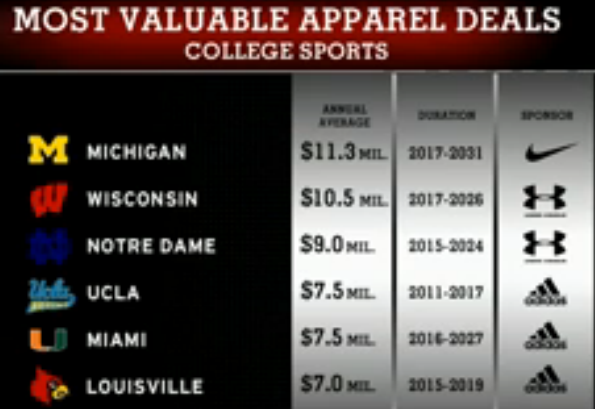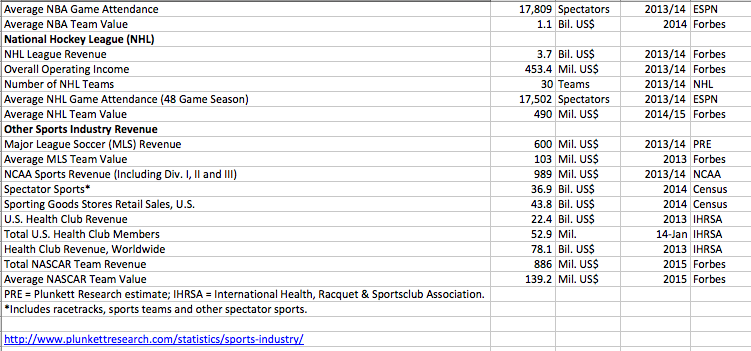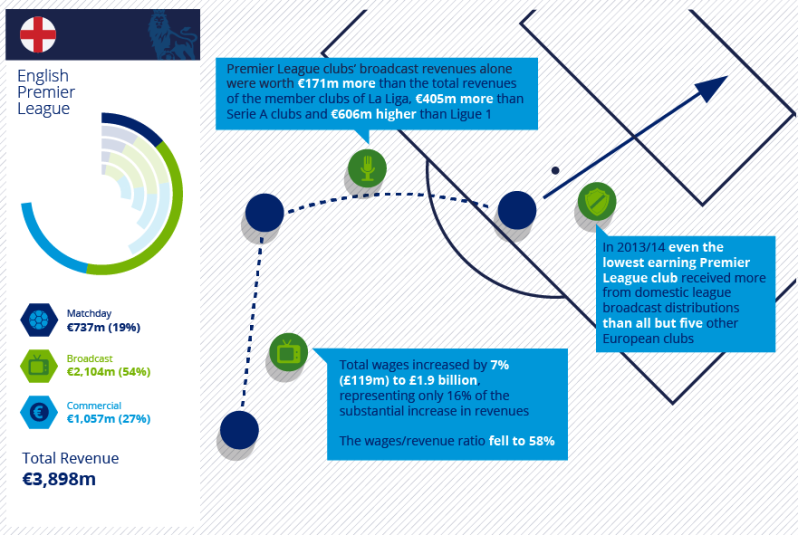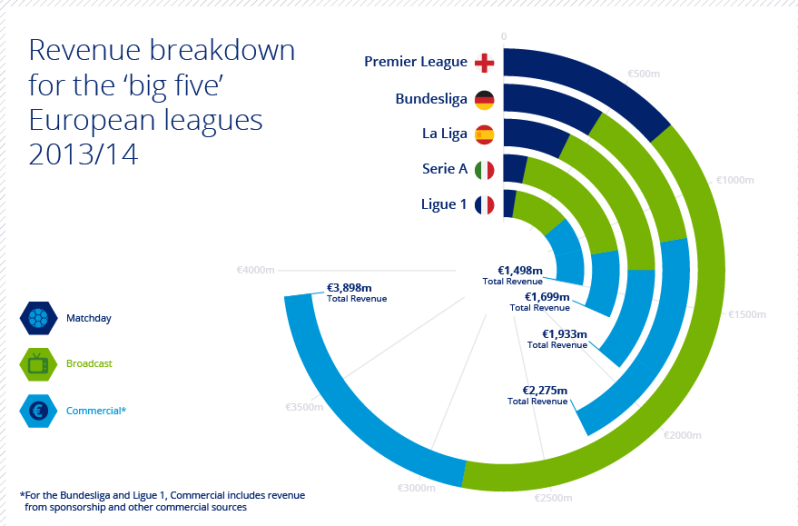The business news seems to daily be filled with announcements of new multi-million dollar sports sponsorship deals. A question these deals has always raised, but seldom answered is how can someone determine if a sponsorship deal is actually a good one?
In short, the answer is complicated. Exposure is massive in regards to determining the answer to this question. If a company and or brand decides they want to sponsor a specific team, what helps them make a good decision?
Team Popularity
It never hurts if the team is perennially good, but more importantly how many people will be reached through the sponsorship? This is why college football teams are the hot item for sponsorship. Why? The biggest reason is the vast amount of air time a sponsor can receive during a game.
Nike, Adidas, and Under Armor have ramped up their respective presences with regards to sponsoring college football teams. As is mentioned in the video below shortly after the 2:30 mark, it makes much more sense for a brand to pay advertising money to have their symbol and or brand name on jerseys of players who are on the screen for three or more hours.
http://www.forbes.com/video/4587699447001/

From the other side of the coin, why are sponsorship deals important for sports teams? The income the deals generate is the biggest driver of sports teams trying to accumulate as many sponsorship deals as possible. The income generated from these deals take up a significant portion of revenue for all leagues within the sports industry of the United States.
The chart below shows the revenue figure for all American sports leagues and attendance figures for the leagues as well. The latter of the two is important when teams are trying to sign sponsorship deals for signage and other items around the stadium because it gives validity or doesn’t give validity to the team saying the deal is worth making based on the attendance figures.

Obviously there are more sports properties than just what the U.S. has to offer. The biggest five soccer leagues are in England, Spain, Italy, Germany, and France for instance. According to the chart below, commercial revenue accounts for 27% of the English Premiere League’s total revenue with a value of 1027 million euros.

That just goes to show the impact sponsorship deals have. This huge number in the sponsorship category is directly related to how much exposure the Premiere League gets. With just under 740 million euros in revenue from matchday league-wide, the EPL as it is commonly called has no problem convincing potential sponsors the investment is well worth the money they will be paying. The EPL is not the only soccer league enjoying big revenue success. As the second chart below shows, the other four leagues of “the big 5” soccer leagues are also generating some serious revenue numbers.

In review, sponsors first need to see a good product to sponsor. Then, if the sponsor thinks the exposure the sponsorship deal will get them is worth the investment, a deal is almost certain to happen. Teams do turn down sponsorship deals on occasion, but it is quite rare. So what determines a good sponsorship deal?
If the deal benefits both parties, it would certainly be viewed as a success. When answering from the two specific sides, the sponsor would consider the sponsorship deal a success if they receive as much or more exposure than they paid for. As for the sports team or property, it would be viewed as a success based of comparing it similar deals. If the deal is worth more money than any other comparable sponsorship deal, then the team is generally thought to have made the best possible deal they could have made.
This blog post was written by Samford University student Johnny Richards.
Images: Google Images, Forbes
